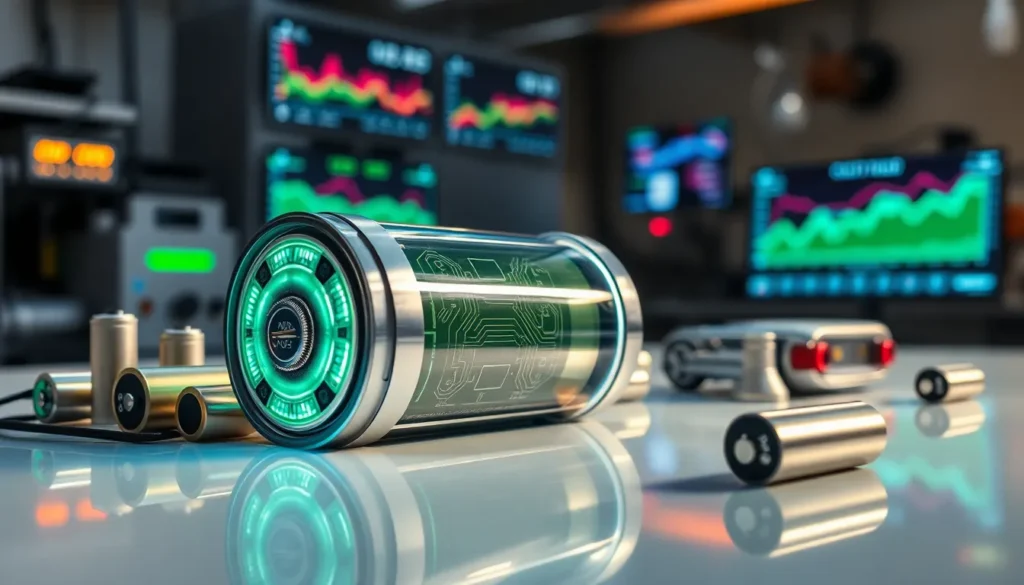Power retention is a crucial concept in various fields, ranging from battery technology to electrical systems. Understanding how power retention works is essential for optimizing performance and ensuring longevity for devices that rely on stored energy. This article delves into the meaning, importance, mechanisms, and practical applications of power retention, as well as the challenges it faces and the solutions available to enhance it.
Table of Contents
ToggleUnderstanding Power Retention

Power retention refers to the ability of a system to store and maintain energy over a period. It is particularly relevant in contexts such as batteries, capacitors, and other energy storage systems. The efficiency of power retention can greatly influence the overall performance of devices that depend on stored energy. In simpler terms, it determines how much energy can be accessed at any given time and how long that energy remains usable before degradation occurs.
Importance of Power Retention
The significance of power retention cannot be overstated. For businesses and consumers alike, effective power retention means reduced costs and improved efficiency. In devices like smartphones and electric vehicles, high power retention translates to longer usage times between charges, enhancing user convenience.
Also, industries relying on continuous power supply, like healthcare, telecommunications, and data centers, understand that power retention impacts operational stability. Any loss in power retention can lead to downtime, affecting productivity and trustworthiness in services.
How Power Retention Works
Power retention operates through several mechanisms defined by the type of energy storage media in use. For batteries, for instance, the chemical processes determine how well energy is stored and retrieved. Likewise, capacitors rely on electrostatic fields to retain energy, each having its unique capacity for retention.
Factors Affecting Power Retention
Several factors influence power retention, including:
- Temperature: Extreme temperatures can accelerate degradation processes, impacting a system’s ability to hold charge.
- Age of the System: Over time, the chemistry within batteries or capacitors can degrade, leading to lower retention capabilities.
- Usage Patterns: Frequent discharging and recharging cycles can wear down energy storage systems, diminishing their efficiency over time.
Improving Power Retention in Various Systems
Improving power retention requires targeted strategies, which can vary widely among different systems.
Real-World Applications of Power Retention
- Electric Vehicles (EVs): Manufacturers focus on optimizing battery chemistry to enhance energy density and lifecycle, leading to better retention.
- Renewable Energy Systems: Power retention plays a vital role in solar and wind energy systems, where excess energy must be stored efficiently for later use.
- Consumer Electronics: Devices are designed with advanced lithium-ion technologies to ensure users benefit from extended battery life, directly connected to improved retention practices.
Challenges and Solutions
Even though advancements in power retention technologies, several challenges remain. Degradation due to temperature variations, usage intensity, and time continues to pose issues for many systems. Besides, higher retention standards often lead to increased costs and complexity in manufacturing.
Solutions to these challenges include:
- Enhanced Materials: New materials for batteries and capacitors can improve retention capabilities while minimizing degradation.
- Temperature Management: Systems that monitor and adjust temperature can significantly extend the lifespan of energy storage solutions.
- Design Innovations: Innovative designs that help both energy storage and retrieval can optimize overall retention performance.
Conclusion
To conclude, power retention is a fundamental aspect of modern energy systems that plays a significant role in the efficiency and effectiveness of various applications. Understanding how it works, why it matters, and the challenges involved allows stakeholders to make informed decisions about energy usage and storage.






